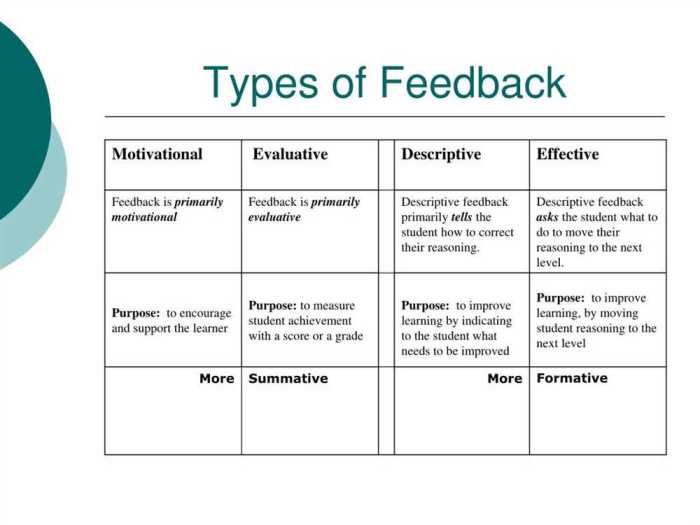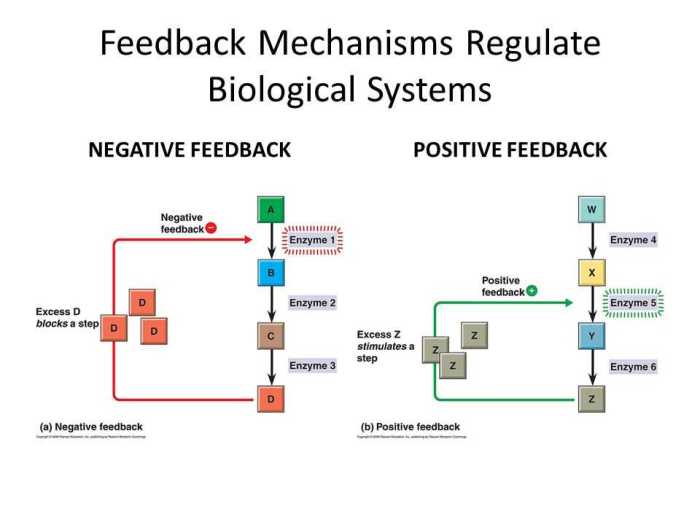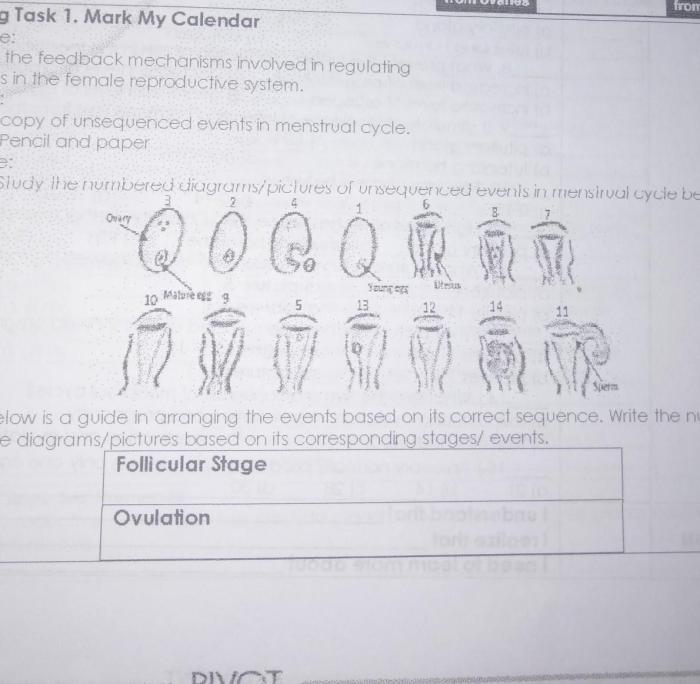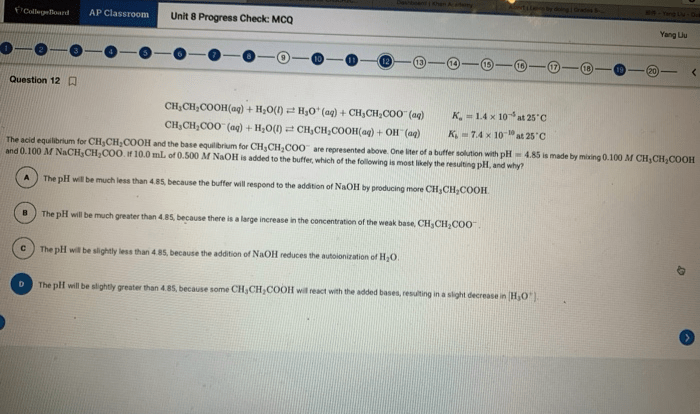Feedback mechanisms pogil answer key serves as the cornerstone of this insightful exploration, delving into the intricacies of a topic that is both captivating and profound. As we embark on this journey, we will uncover the multifaceted nature of feedback mechanisms in POGIL, examining their significance, implementation, and impact on student learning.
Throughout this comprehensive analysis, we will delve into the diverse types of feedback mechanisms employed in POGIL, exploring their unique strengths and applications. Moreover, we will provide a step-by-step guide to designing effective feedback mechanisms, ensuring that educators can harness their full potential to foster student growth.
1. Feedback Mechanisms in POGIL

Feedback mechanisms play a crucial role in Process Oriented Guided Inquiry Learning (POGIL) activities. They provide students with timely and constructive information about their understanding and progress, enabling them to adjust their learning strategies and improve their performance.
Examples of Feedback Mechanisms in POGIL
- Student self-assessments: Students evaluate their own understanding of concepts and identify areas where they need further support.
- Peer feedback: Students provide feedback to each other on their work, offering constructive criticism and suggestions for improvement.
- Instructor feedback: Instructors provide feedback to students on their progress, both individually and as a group, to guide their learning and address misconceptions.
Benefits of Using Feedback Mechanisms in POGIL
- Improved student learning: Feedback mechanisms help students identify areas where they need improvement and make necessary adjustments to their learning.
- Increased student engagement: Feedback provides students with a sense of purpose and motivation, as they see how their efforts contribute to their progress.
- Enhanced communication: Feedback mechanisms facilitate communication between students and instructors, allowing for a more personalized and effective learning experience.
2. Types of Feedback Mechanisms: Feedback Mechanisms Pogil Answer Key

Various types of feedback mechanisms can be used in POGIL, each serving a specific purpose in improving student learning.
Formative Feedback, Feedback mechanisms pogil answer key
Formative feedback is provided during the learning process to help students identify areas where they need improvement. It focuses on providing timely and specific feedback that can be acted upon immediately.
Examples:Peer feedback, self-assessments, instructor feedback during group work.
Summative Feedback
Summative feedback is provided at the end of a unit or learning cycle to evaluate student learning and assess their overall progress. It provides a comprehensive view of student achievement and helps instructors make informed decisions about future instruction.
Examples:Quizzes, exams, projects, presentations.
Self-Generated Feedback
Self-generated feedback is feedback that students provide to themselves. It involves students reflecting on their own learning and identifying areas where they need improvement.
Examples:Student self-assessments, learning logs, journaling.
Other-Generated Feedback
Other-generated feedback is feedback that is provided to students by others, such as peers, instructors, or teaching assistants.
Examples:Peer feedback, instructor feedback, written comments on assignments.
3. Designing Feedback Mechanisms

Effective feedback mechanisms should be carefully designed to maximize their impact on student learning.
Factors to Consider
- Purpose of the feedback: Determine the specific purpose of the feedback, whether it is formative, summative, self-generated, or other-generated.
- Timing of the feedback: Consider the appropriate time to provide feedback to students, whether it is during the learning process or at the end of a unit.
- Format of the feedback: Choose the most effective format for providing feedback, such as written comments, verbal feedback, or peer review.
- Specificity of the feedback: Ensure that feedback is specific and actionable, providing students with clear guidance on how to improve.
- Balance of feedback: Provide a balance of positive and negative feedback to encourage student growth and maintain motivation.
Step-by-Step Process
- Identify the purpose and timing of the feedback.
- Select the appropriate format for the feedback.
- Determine the level of specificity required.
- Provide a balance of positive and negative feedback.
- Implement the feedback mechanism and monitor its effectiveness.
4. Using Feedback Mechanisms in Practice

Feedback mechanisms can be effectively used in practice to monitor student progress, provide individualized support, and create a positive learning environment.
Monitoring Student Progress
Feedback mechanisms can be used to track student progress and identify areas where students need additional support. Regular feedback allows instructors to make timely adjustments to their instruction and provide targeted interventions to struggling students.
Providing Individualized Support
Feedback mechanisms can provide students with individualized support by identifying their specific needs and providing tailored feedback to address those needs. This can help students develop a deeper understanding of the material and improve their performance.
Creating a Positive Learning Environment
Feedback mechanisms can contribute to a positive learning environment by providing students with a sense of purpose and motivation. When students receive regular feedback on their progress, they feel valued and supported, which can lead to increased engagement and improved outcomes.
FAQ Section
What is the purpose of feedback mechanisms in POGIL?
Feedback mechanisms in POGIL provide students with timely and specific information about their performance, enabling them to identify areas for improvement and enhance their understanding of the subject matter.
How can feedback mechanisms be incorporated into POGIL lessons?
Feedback mechanisms can be integrated into POGIL lessons through various methods, such as peer review, self-assessment, instructor feedback, and technology-based tools.
What are the benefits of using feedback mechanisms in POGIL?
Feedback mechanisms in POGIL promote student self-awareness, foster a growth mindset, enhance critical thinking skills, and improve overall academic performance.


